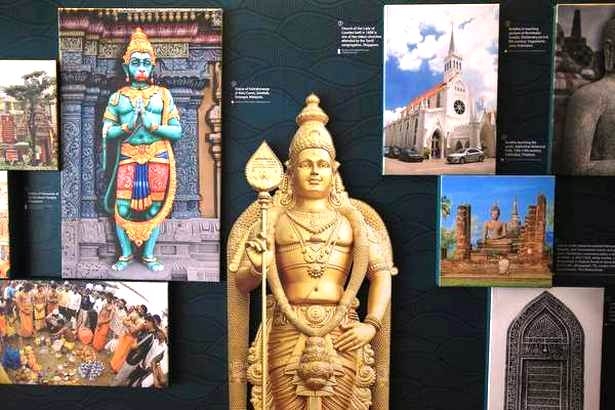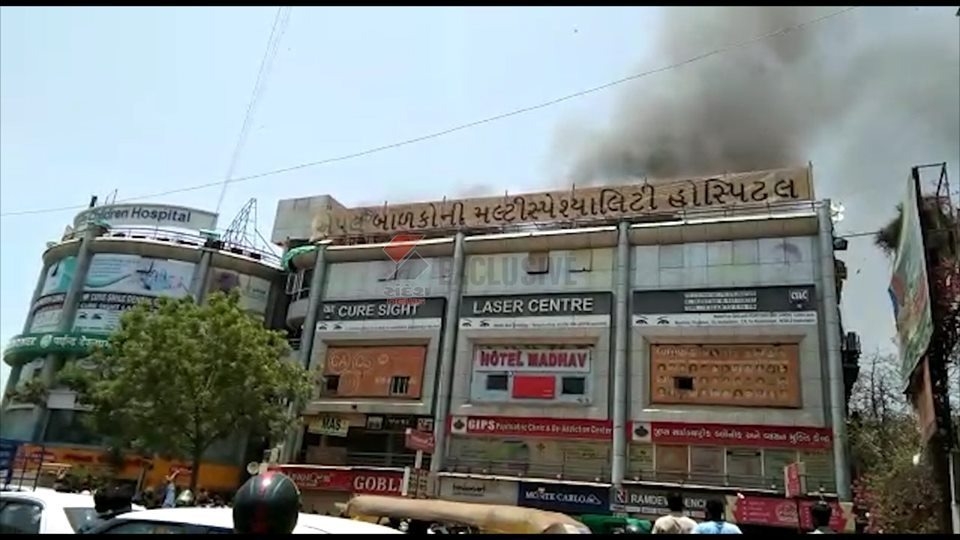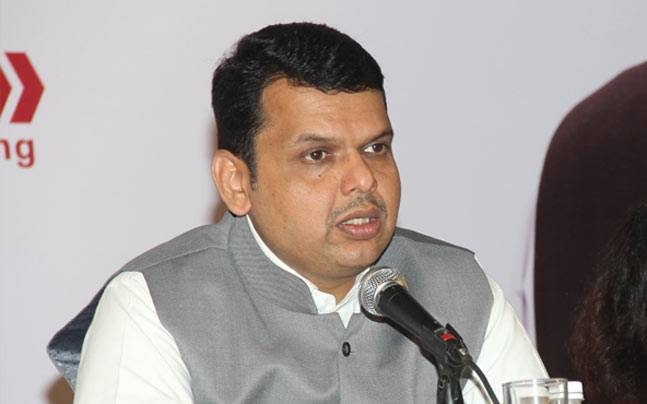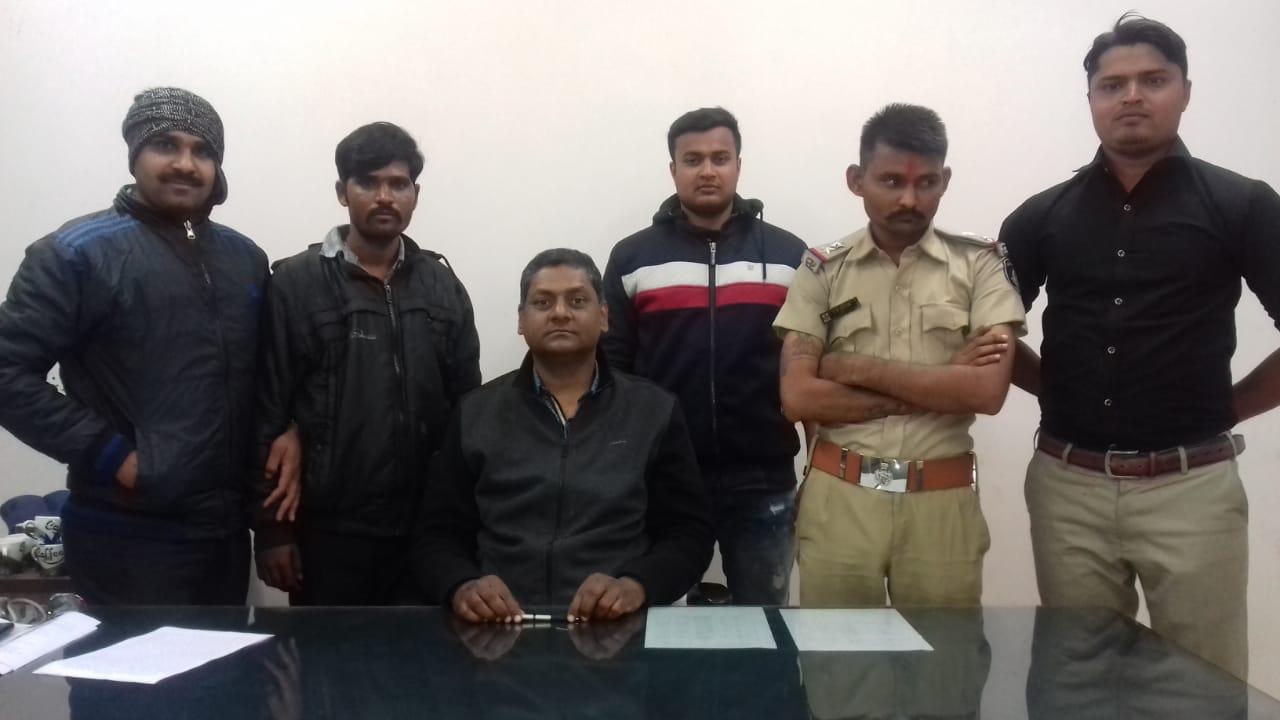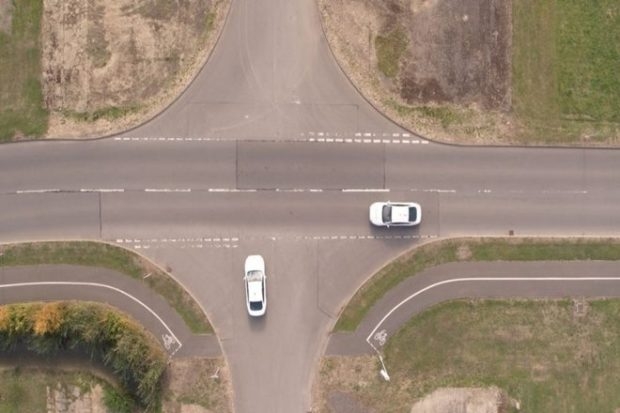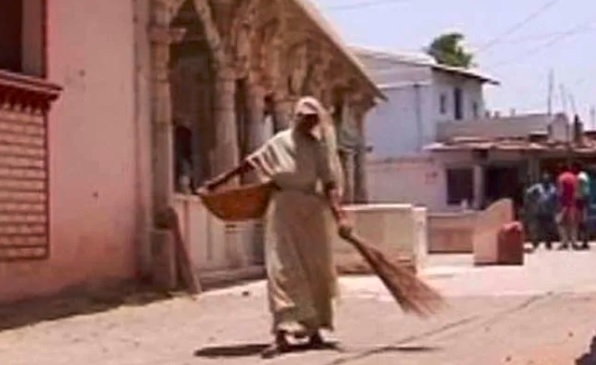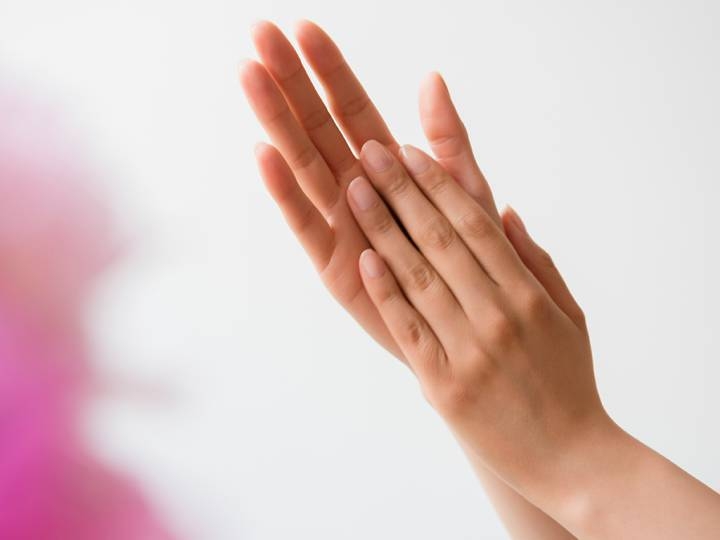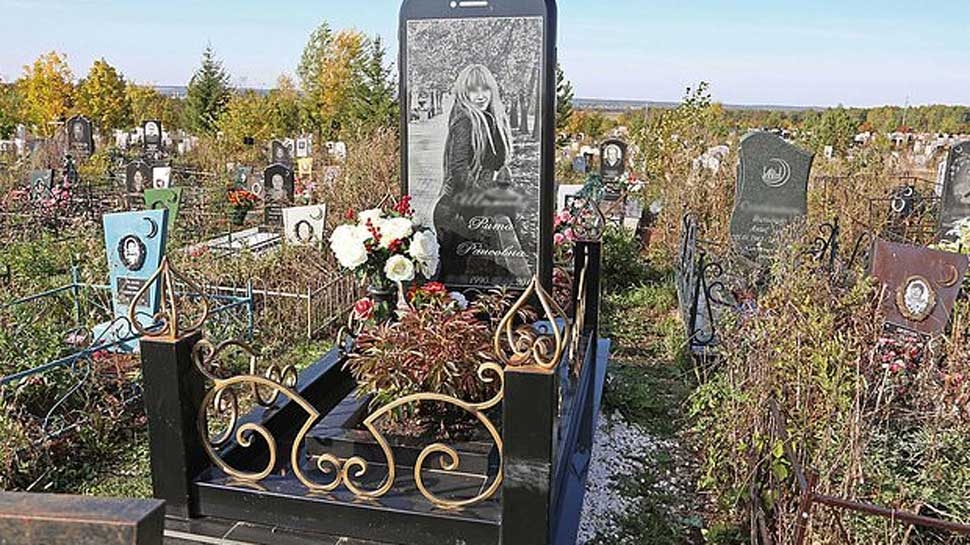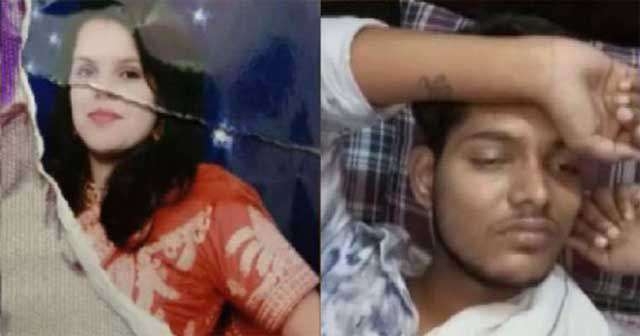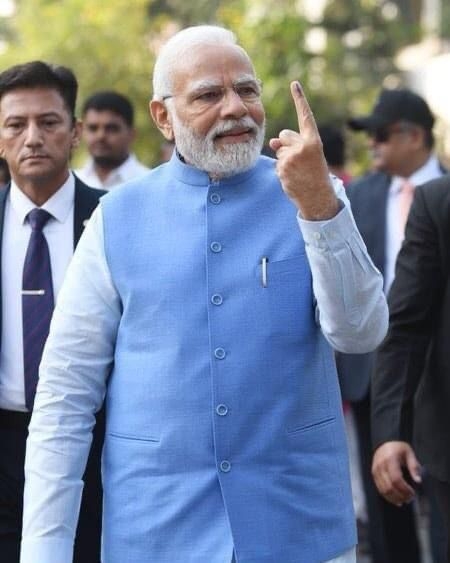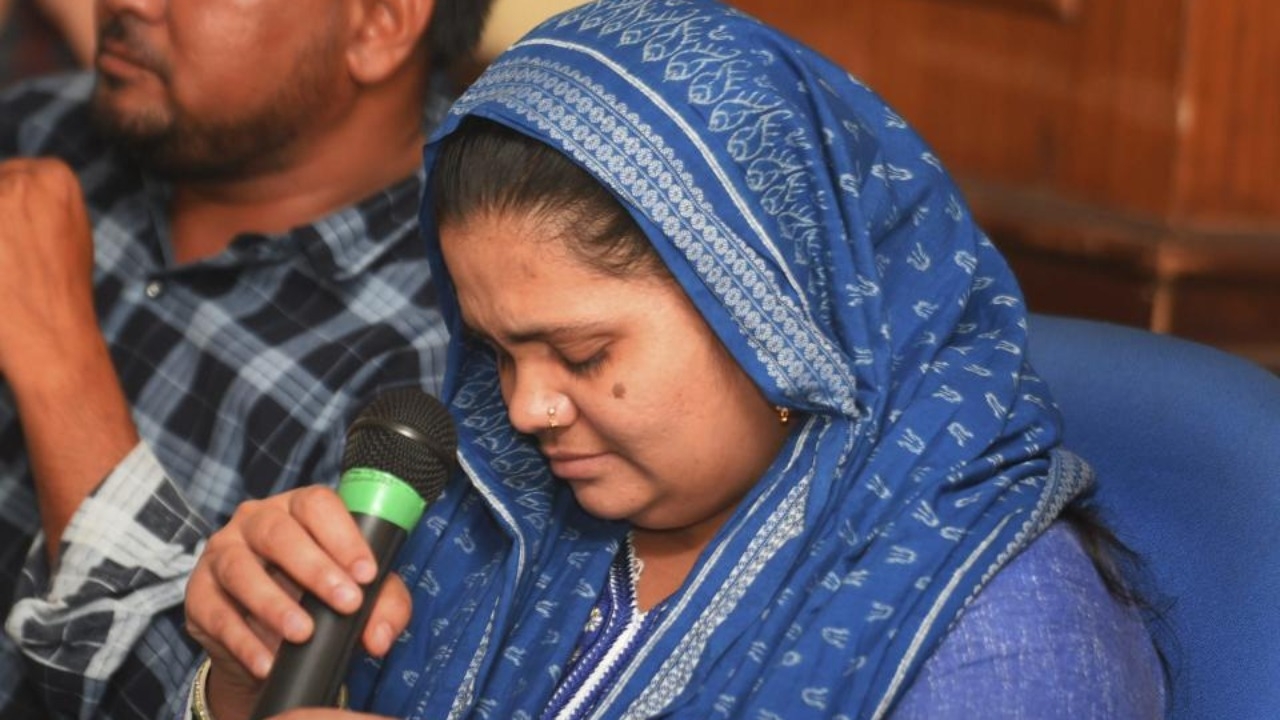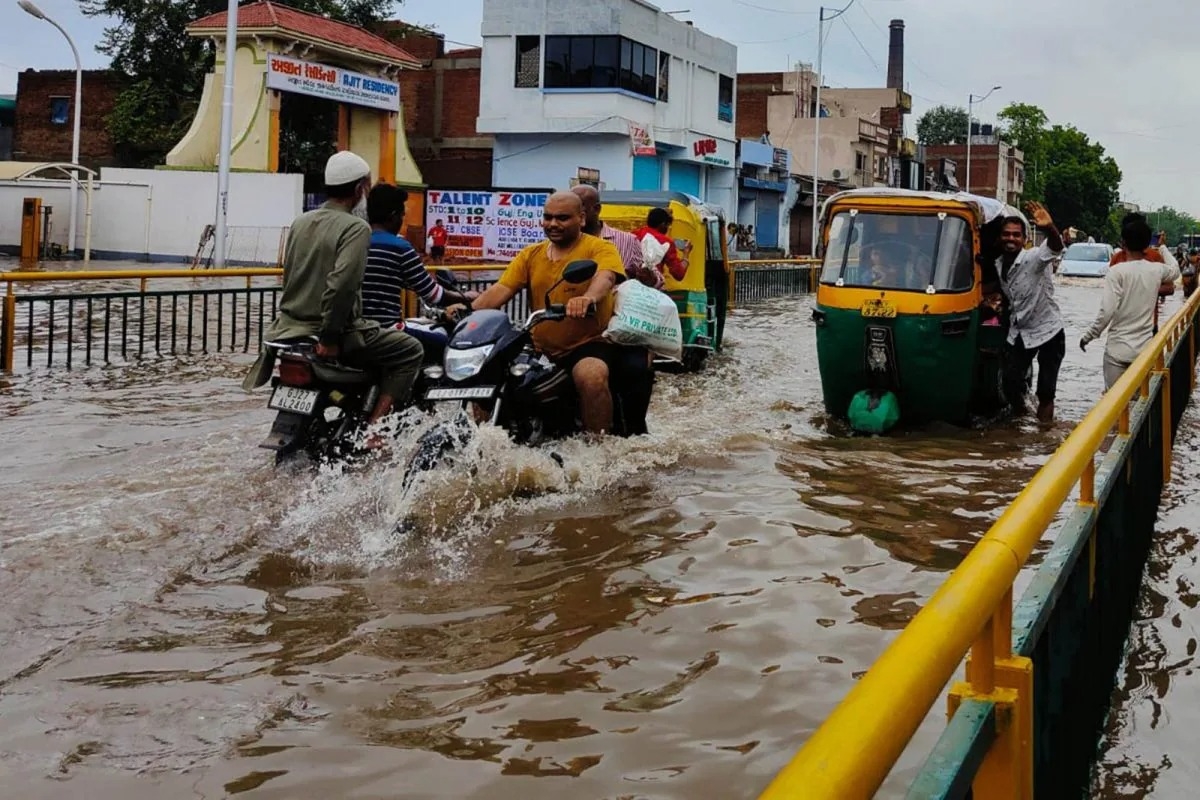---By Parul Trivedi Shah
Cultural Diplomacy undertaken through ancient sea voyages made an ASEAN landfall at the Pravasi Bharatiya Divas (PBD) in Singapore recently. The well-attended event encompassed panel discussions and presentations on wide-ranging topics from business and innovation, digital media, cinema, diaspora, literature, ayurveda, yoga to visual art and performing arts. This year marks 25 years of accomplishments in ASEAN-India partnership. The PBD hosted on January 6-7, 2018 in Singapore attended by 5300 people — was themed Ancient Route, New Journey: Diaspora in the Dynamic ASEAN INDIA Partnership.
To showcase the historical exchange undertaken by the Indian diaspora over the centuries, an archival photo-essay on the Dynamic Exchange between India and ASEAN was specially curated for the PBD. Dr. Gauri Parimoo Krishnan of DMBG Consultants, Singapore and the curator of the exhibit says, “This exhibition showcased major visual touchpoints to illustrate how India and Southeast Asia have a shared history and these regions have intersected through various fields over centuries. This exhibition made academic research accessible to the general audience sharing knowledge and experience widely. Most importantly, this exhibition celebrated the indefatigable spirit of the Indian and South Asian communities to survive and succeed in unknown lands they settled in. I credit the success of this photo-essay to the vision of HE Mr. Jawed Ashraf, High Commissioner of India to the Republic of Singapore, who not only inspired but provided precious inputs for this.”
The photo essay was a painstakingly sourced string of south sea pearls. Each pearl brought forth a perspective of engagements embarked on by the early traders, explorers, artists, religious and political leaders, literary experts and diplomats. Visitors to the PBD found their attention riveted in the vivid juxtaposition of over 100 blown-up images, and well researched text arranged in five themes highlighted at times using light boxes and cut outs.
The Art and Architecture wall highlights the maritime links between the Indian subcontinent and Southeast Asia with photos of monuments, sculptures and inscriptions of the first millennium — Prambanan, Borobudur, Candi Sewu, Angkor Wat and My Son which tells us of the Indian architectural design, iconography, and aesthetics. The winds of time spread seeds of Indianisation as Indian traditional forms permeated Thai, Javanese, Cham, Malay and Khmer norms of beauty.
Religion and Philosophy, like pearls of wisdom, came with monks, missionaries and priests who carried religious books, icons and artefacts to newly constructed temples, gurudwaras, mosques and churches wherever the diaspora settled. Their presence grew with practice of faith, celebration of festivals, the rights of passage with community involvement. Thaipusam, Theemiti and Baisakhi festivals are still celebrated in the region with the same traditional fervor as in India. Singapore’s Inter-Faith Religious Organisation includes Hinduism, Sikhism and Jainism which originated from India.
It is well known that the Indian epics Ramayana and the Mahabharata have been well adapted in several cultures in Southeast Asia and are being performed in Malay, Balinese, Javanese, Khmer and Thai. These and the practice of classical Indian forms of dance and music in the region are visually evident in the Literature and Performing Arts wall.
It was the spirit of the far-sighted mercantile community that established an integrated system of goods from spices and textiles to gold, pearls and salt along the Malabar coast, Coromandel coast, Indian Ocean, the Arabian Sea and the Bay of Bengal. The Trade, Business and Migration wall sheds light on the migration of people and commodities, including the little India enclaves of Singapore, Bangkok, Penang and Kuala Lumpur that attracts scores of South Asians every day.
Spiritual leaders from India — Swami Vivekananda to Gurudev Rabindranath Tagore had journeyed through Asia. Singapore was the headquarters for the Indian National Army led by Netaji Subhash Chandra Bose and Indian migrants living in the region had whole heartedly supported Mahatma Gandhi’s call for the independence. The Politics and Diplomacy wall reflects the dynamic economic, strategic and cultural ties between India-ASEAN partnership with Singapore being the leading source and destination of Foreign Direct Investment besides anchoring economic connectivity with India.
One of the several visitors who shared their appreciation for the exhibition, Dr. V.P. Nair a cardiologist from Singapore, expressed an important aspect, “The exhibition is an inspiration to the younger generation. From India’s first Prime Minister Jawaharlal Nehru to Singapore’s first Prime Minister Lee Kuan Yew, all the Asian leaders are represented in this exhibition.” Community veteran Dr. Uma Rajan, opined, “This was a superb way of presenting history in a practical, visually impressive, easy to identify with and be a learning and remembering journey for all generations.”
The growing Indian diaspora is sure to add more pearls in the ASEAN-India partnership as reiterated by External Affairs Minister Sushma Swaraj who said ASEAN and India could work together towards a shared prosperity with the “familiarity of history and the comfort of culture.”
---By Parul Trivedi Shah
Cultural Diplomacy undertaken through ancient sea voyages made an ASEAN landfall at the Pravasi Bharatiya Divas (PBD) in Singapore recently. The well-attended event encompassed panel discussions and presentations on wide-ranging topics from business and innovation, digital media, cinema, diaspora, literature, ayurveda, yoga to visual art and performing arts. This year marks 25 years of accomplishments in ASEAN-India partnership. The PBD hosted on January 6-7, 2018 in Singapore attended by 5300 people — was themed Ancient Route, New Journey: Diaspora in the Dynamic ASEAN INDIA Partnership.
To showcase the historical exchange undertaken by the Indian diaspora over the centuries, an archival photo-essay on the Dynamic Exchange between India and ASEAN was specially curated for the PBD. Dr. Gauri Parimoo Krishnan of DMBG Consultants, Singapore and the curator of the exhibit says, “This exhibition showcased major visual touchpoints to illustrate how India and Southeast Asia have a shared history and these regions have intersected through various fields over centuries. This exhibition made academic research accessible to the general audience sharing knowledge and experience widely. Most importantly, this exhibition celebrated the indefatigable spirit of the Indian and South Asian communities to survive and succeed in unknown lands they settled in. I credit the success of this photo-essay to the vision of HE Mr. Jawed Ashraf, High Commissioner of India to the Republic of Singapore, who not only inspired but provided precious inputs for this.”
The photo essay was a painstakingly sourced string of south sea pearls. Each pearl brought forth a perspective of engagements embarked on by the early traders, explorers, artists, religious and political leaders, literary experts and diplomats. Visitors to the PBD found their attention riveted in the vivid juxtaposition of over 100 blown-up images, and well researched text arranged in five themes highlighted at times using light boxes and cut outs.
The Art and Architecture wall highlights the maritime links between the Indian subcontinent and Southeast Asia with photos of monuments, sculptures and inscriptions of the first millennium — Prambanan, Borobudur, Candi Sewu, Angkor Wat and My Son which tells us of the Indian architectural design, iconography, and aesthetics. The winds of time spread seeds of Indianisation as Indian traditional forms permeated Thai, Javanese, Cham, Malay and Khmer norms of beauty.
Religion and Philosophy, like pearls of wisdom, came with monks, missionaries and priests who carried religious books, icons and artefacts to newly constructed temples, gurudwaras, mosques and churches wherever the diaspora settled. Their presence grew with practice of faith, celebration of festivals, the rights of passage with community involvement. Thaipusam, Theemiti and Baisakhi festivals are still celebrated in the region with the same traditional fervor as in India. Singapore’s Inter-Faith Religious Organisation includes Hinduism, Sikhism and Jainism which originated from India.
It is well known that the Indian epics Ramayana and the Mahabharata have been well adapted in several cultures in Southeast Asia and are being performed in Malay, Balinese, Javanese, Khmer and Thai. These and the practice of classical Indian forms of dance and music in the region are visually evident in the Literature and Performing Arts wall.
It was the spirit of the far-sighted mercantile community that established an integrated system of goods from spices and textiles to gold, pearls and salt along the Malabar coast, Coromandel coast, Indian Ocean, the Arabian Sea and the Bay of Bengal. The Trade, Business and Migration wall sheds light on the migration of people and commodities, including the little India enclaves of Singapore, Bangkok, Penang and Kuala Lumpur that attracts scores of South Asians every day.
Spiritual leaders from India — Swami Vivekananda to Gurudev Rabindranath Tagore had journeyed through Asia. Singapore was the headquarters for the Indian National Army led by Netaji Subhash Chandra Bose and Indian migrants living in the region had whole heartedly supported Mahatma Gandhi’s call for the independence. The Politics and Diplomacy wall reflects the dynamic economic, strategic and cultural ties between India-ASEAN partnership with Singapore being the leading source and destination of Foreign Direct Investment besides anchoring economic connectivity with India.
One of the several visitors who shared their appreciation for the exhibition, Dr. V.P. Nair a cardiologist from Singapore, expressed an important aspect, “The exhibition is an inspiration to the younger generation. From India’s first Prime Minister Jawaharlal Nehru to Singapore’s first Prime Minister Lee Kuan Yew, all the Asian leaders are represented in this exhibition.” Community veteran Dr. Uma Rajan, opined, “This was a superb way of presenting history in a practical, visually impressive, easy to identify with and be a learning and remembering journey for all generations.”
The growing Indian diaspora is sure to add more pearls in the ASEAN-India partnership as reiterated by External Affairs Minister Sushma Swaraj who said ASEAN and India could work together towards a shared prosperity with the “familiarity of history and the comfort of culture.”








